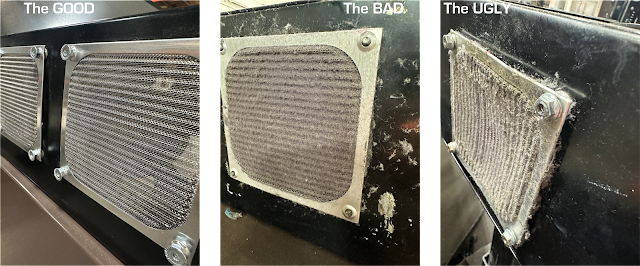Our service department often is asked what the maintenance requirements are for any and all of the machinery we manufacture. We appreciate machine owner's desire to keep their investment in peak condition for maximum production and long life. For some of our products, the maintenance list is quite low as are the suggested stocking parts. However, as the complication of the machine increases so does the upkeep.
Many long standing customers will brag that they have kept their machines in proper working condition for 20+ years. While this is a testament to the design and durability of these machines it is also a good determinate of the condition of the shop. Well maintained, but could use some updating. So, as we do appreciate the compliments and understand the owners pride of ownership, there is benefit from keeping updated tools in your shop.
Returning to the question of maintenance requirements, as machines increase in complexity the list of daily, weekly, monthly and bi-annual tasks gets longer. These tasks will be noted in the manual that is provided with the equipment. If the machine is equipped with computers, then maintenance tasks are available within the software and reminders for mechanical maintenance can be preset. The use of this software feature is very helpful in managing all of the essential tasks. Some customers use this software to schedule additional tasks within the production floor for non-computer driven devices.
The number one maintenance task for any production floor is cleanliness.
Textile decoration as an industry is inherently dirty. The lint from fabric floats through everything and the production processes typically require liquids that are sticky. So lint and fibers will get stuck to everything. The lint will also adhere to any greased or lubricated surface of a machine. And it will get pulled into fans, fan belts and chain drive systems. So let's see chat about havoc that can create.
- Electronics will overheat and malfunction due to clogged fans
- Electronic connections will degrade due to lint interference
- Lubricated surfaces which allow for smooth machine movement will get clogged, affecting print quality and machine operation
- Conveyor belts will wear faster and will transfer dirt and debris onto the final product
- Registration and indexing systems will become inconsistent due to dirt and debris and this will affect registration
- And machinery aside, what employee wants to work in a dirty shop. And employees are a production floors most expensive and important asset.




